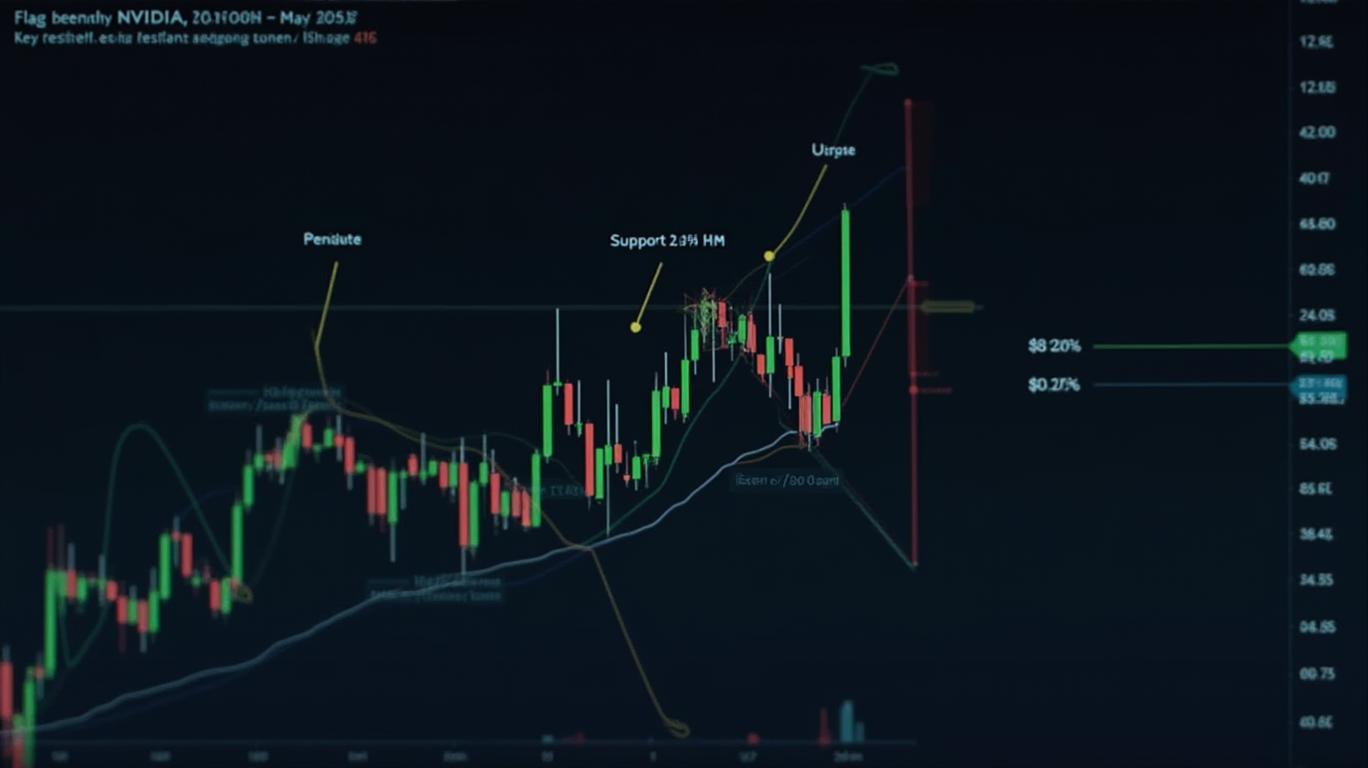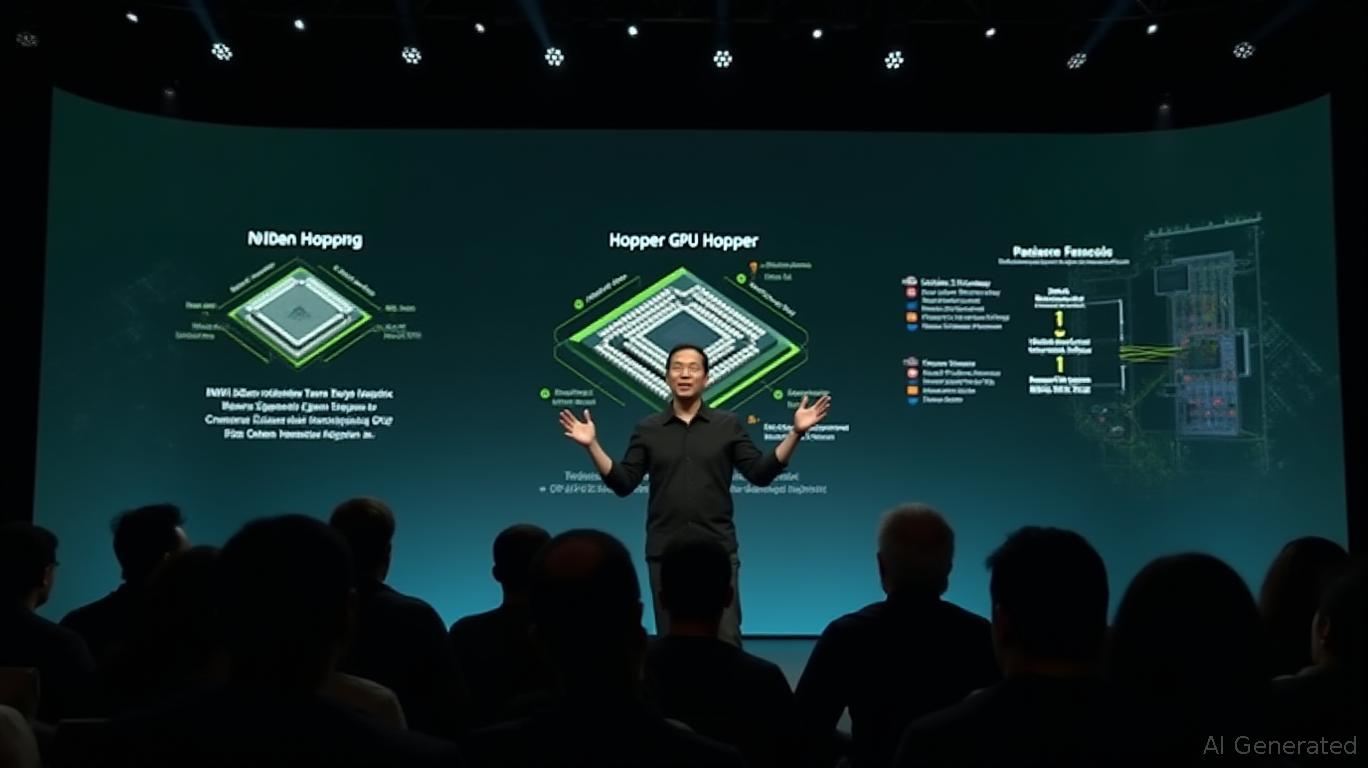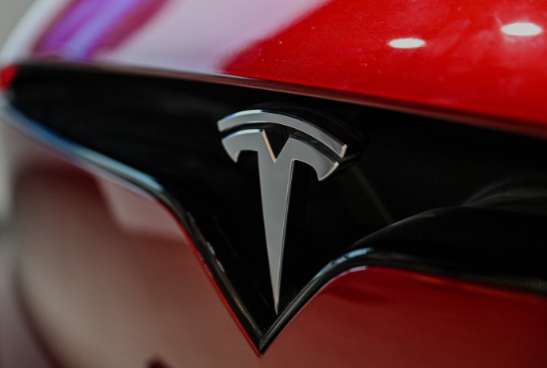Nvidia's Crossroads: How Lifting Chip Restrictions Could Spark an American Tech Renaissance
Nvidia CEO Jensen Huang has long been a vocal advocate for U.S. tech leadership, but his recent warnings about the economic fallout of chip export restrictions on China have taken on a new urgency. In 2025, Huang argued that maintaining these policies risks ceding a $50 billion AI market to Chinese rivals like Huawei and Alibaba while costing American jobs and tax revenue. The stakes are stark: the Trump-era ban on H20 chip exports to China already cost Nvidia $5.5 billion in a single quarter—a figure that underscores the high cost of geopolitical posturing. For investors, the question is clear: Is the U.S. sacrificing its tech dominance on the altar of short-term security fears?

The Financial Toll of Restrictions
The data tells a cautionary tale. Nvidia’s $5.5 billion charge in Q3 2024—directly tied to lost sales in China—was the largest single hit to its bottom line in decades.
The pain isn’t confined to Nvidia. AMD, which relies heavily on China’s data center market, now forecasts $1.5 billion in lost revenue due to similar restrictions.
The Job Creation Paradox
Huang’s argument hinges on a simple premise: Chinese AI demand isn’t going away. By 2027, he estimates the market could hit $50 billion—a figure that would make it larger than the entire U.S. semiconductor industry’s quarterly revenue. Denying access to this market, he argues, means denying U.S. workers the high-paying jobs that come with designing, manufacturing, and servicing these chips.
The numbers back him up. Every $1 billion in semiconductor sales supports roughly 5,000 U.S. jobs, according to SIA data. At $50 billion, that’s 250,000 jobs on the line—a critical mass in an era of stagnant manufacturing employment. Meanwhile, the restrictions are already biting: Super Micro’s Q2 2025 earnings dropped 30% as Chinese cloud providers turned to本土 alternatives.
A Race, Not a War
Huang’s most compelling point is philosophical: “Just let us go race.” The U.S. semiconductor industry has thrived not by isolation but by out-innovating rivals. The ban on H20 exports, however, is creating a self-fulfilling prophecy. By sidelining American companies in China’s AI boom, the U.S. is ensuring Chinese firms gain the scale and expertise to dominate globally.
Consider the AI cloud infrastructure race. Alibaba’s AliCloud now offers 10,000+ AI GPU hours monthly to Chinese developers—capacity built using本土 chips. If U.S. firms can’t compete in China’s market, they’ll struggle to serve the global AI ecosystem, which increasingly relies on China’s engineers and data.
Conclusion: The Cost of Waiting
The math is undeniable. Lifting restrictions could unlock $50 billion in annual revenue for U.S. firms, 250,000 jobs, and a strategic advantage in AI—a sector where leadership could define the next decade’s economic power. Conversely, the status quo risks a “tech divergence” where China’s AI capabilities grow independent of U.S. innovation, while American companies face shrinking margins and market share.
Investors should note that the market is already pricing in this risk.
The choice is stark: compete or concede. As Huang’s $5.5 billion lesson demonstrates, the cost of the latter is already being counted—in dollars, jobs, and global influence. The U.S. can’t afford to keep losing this race.










